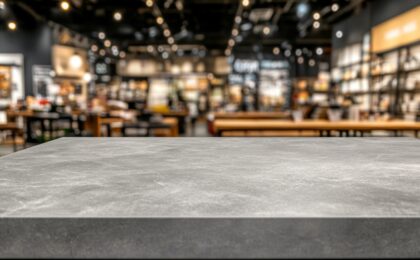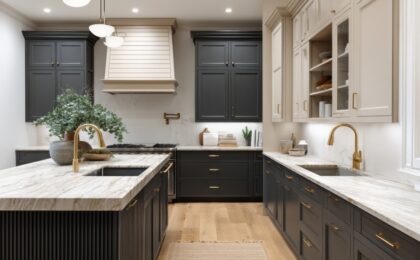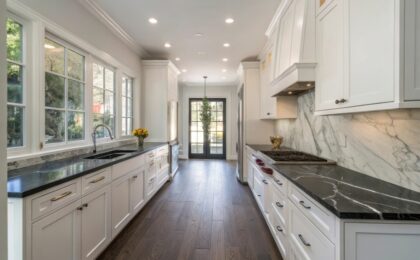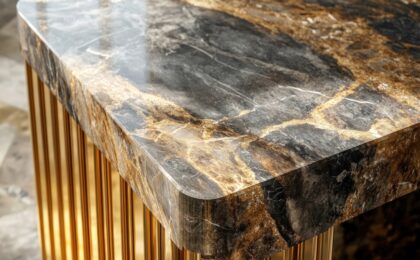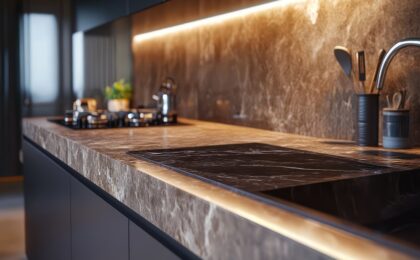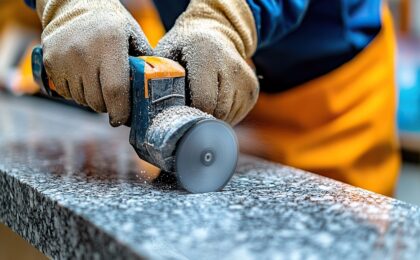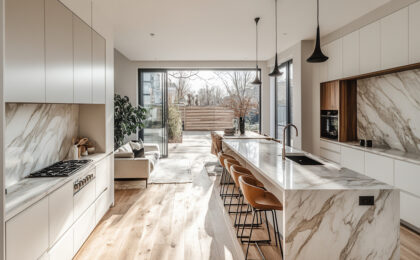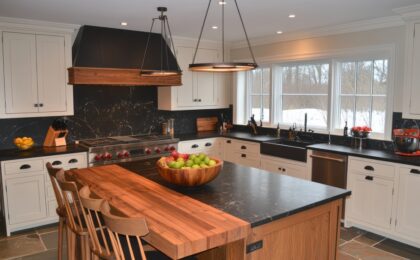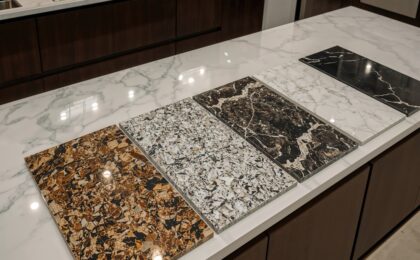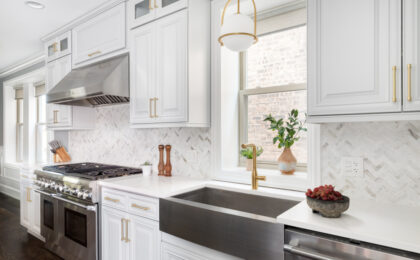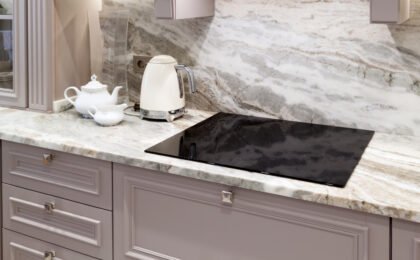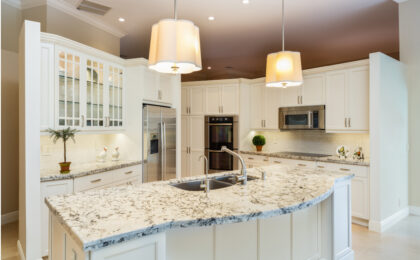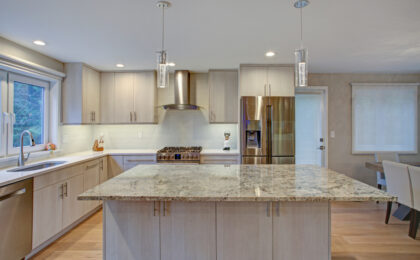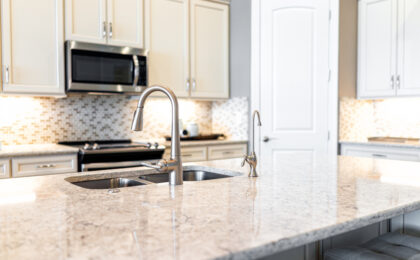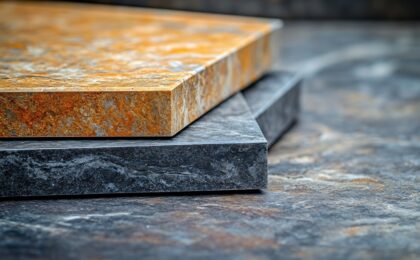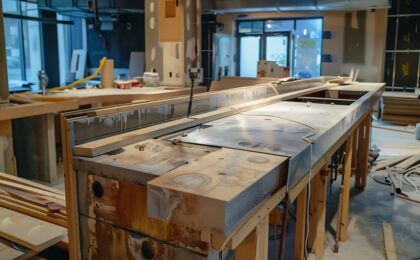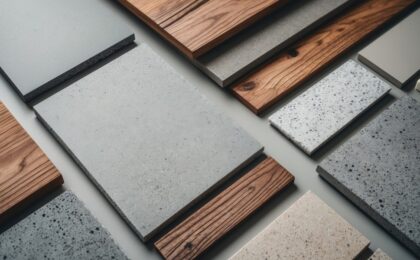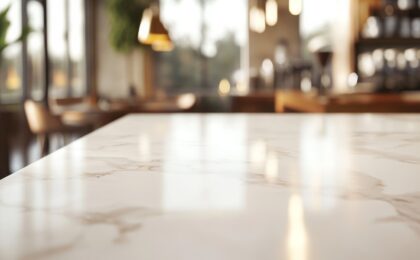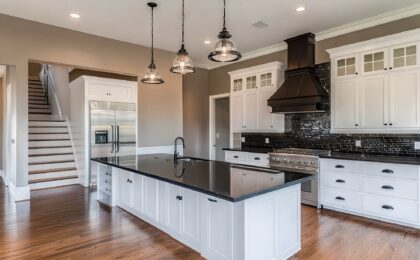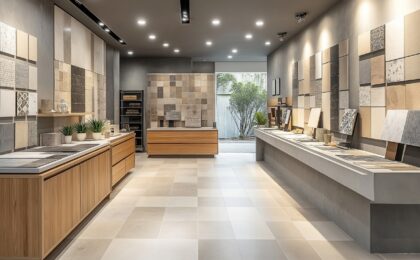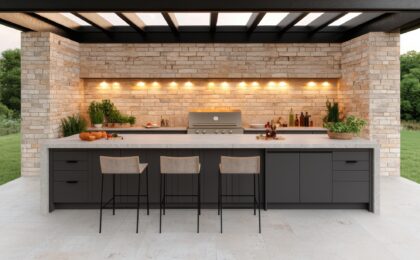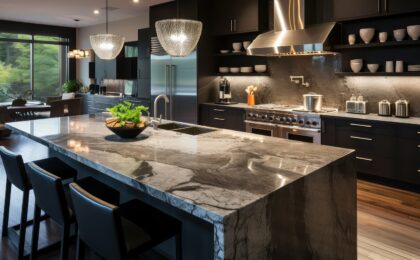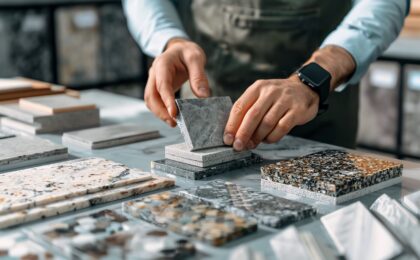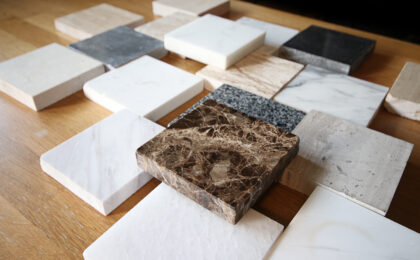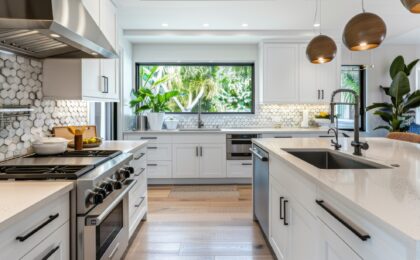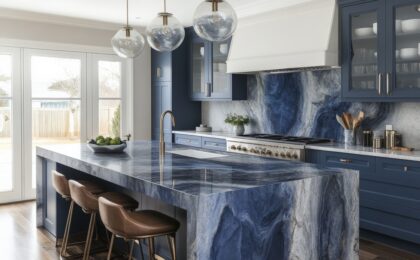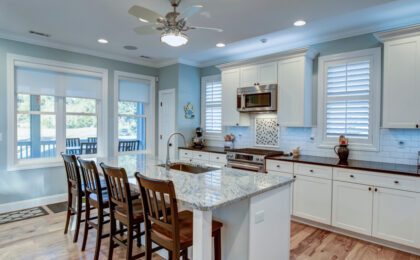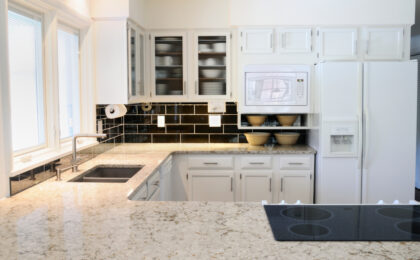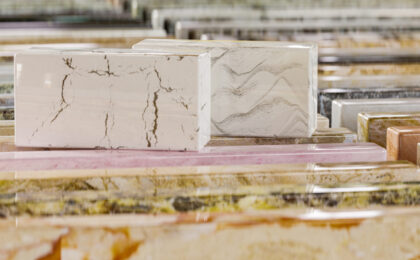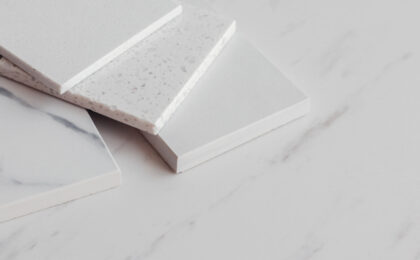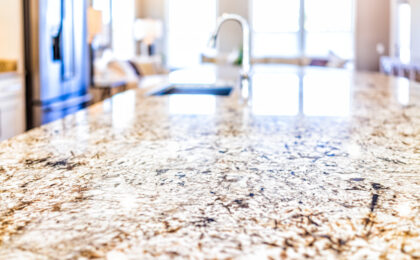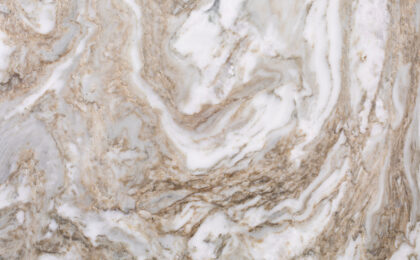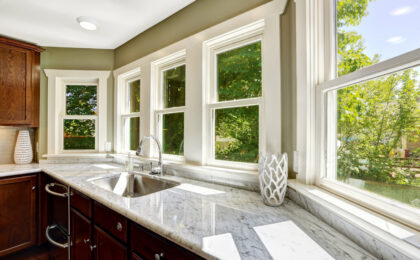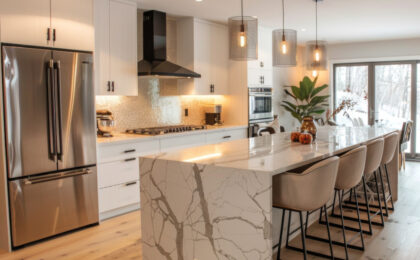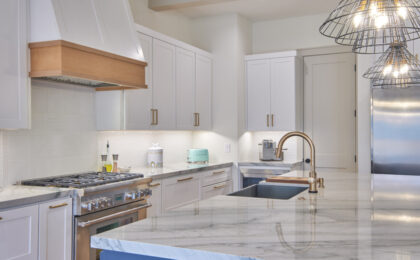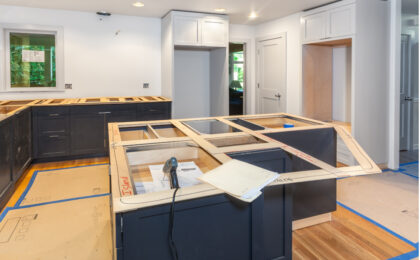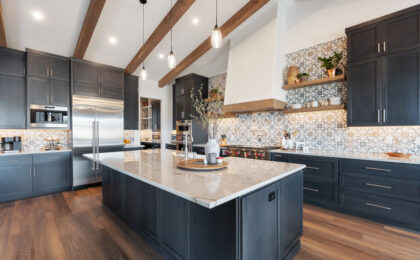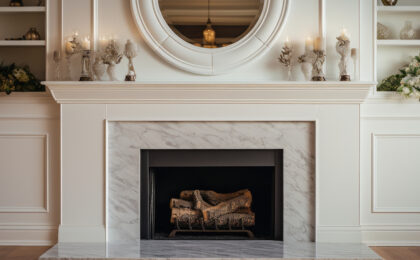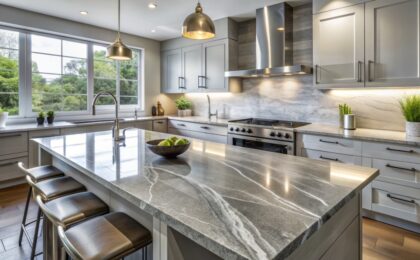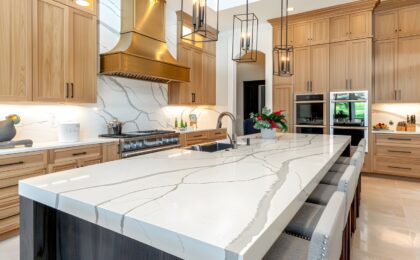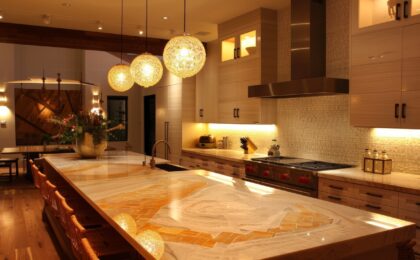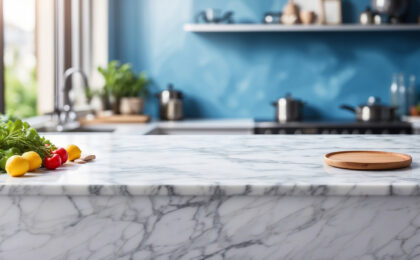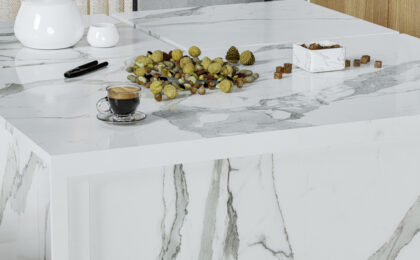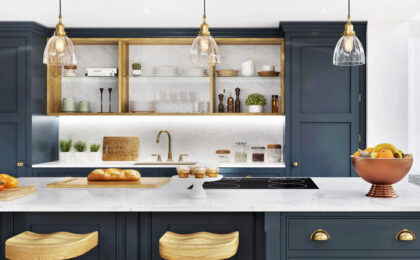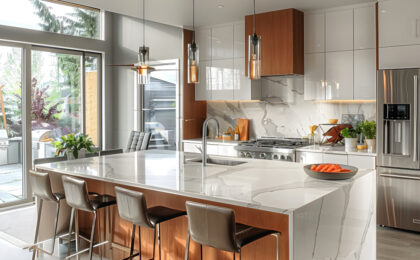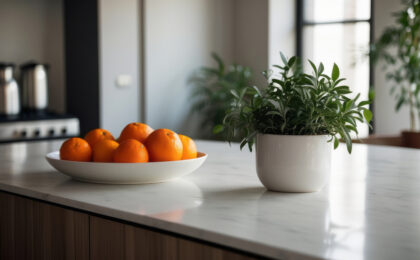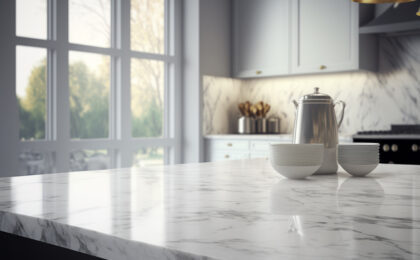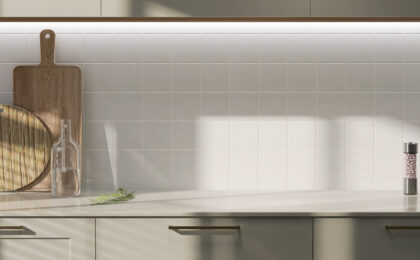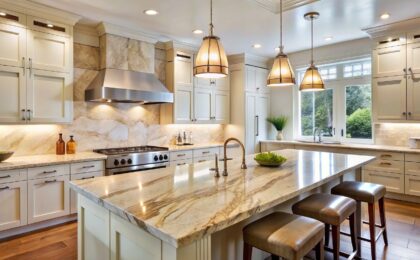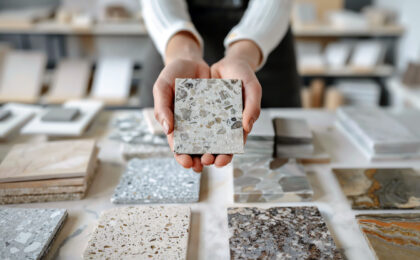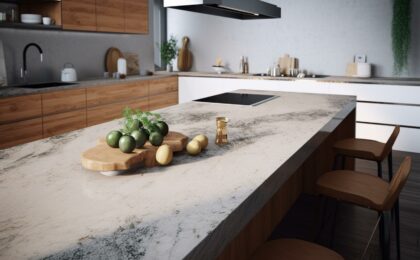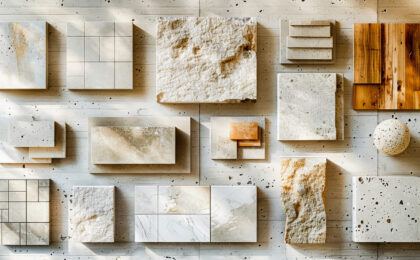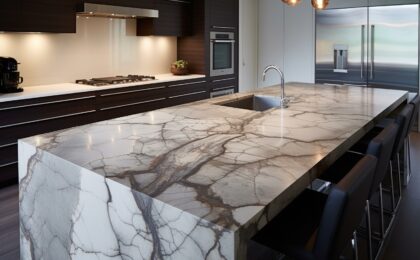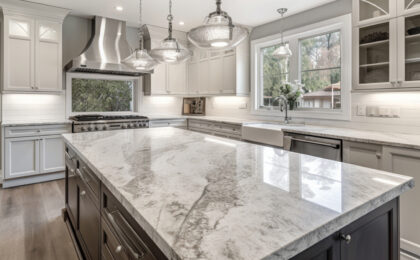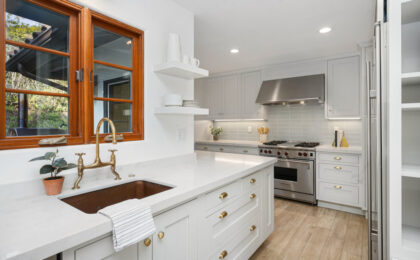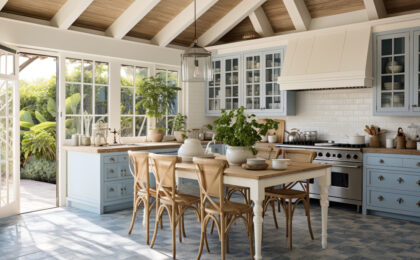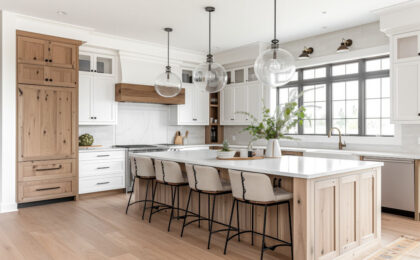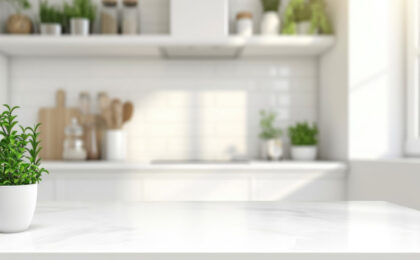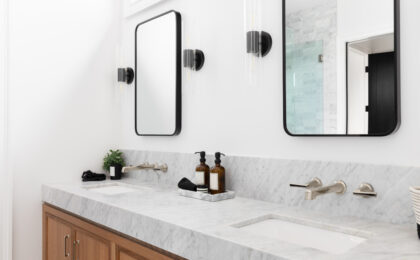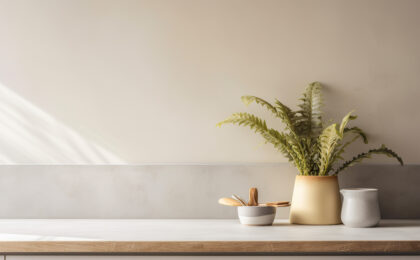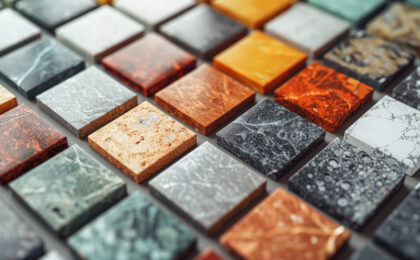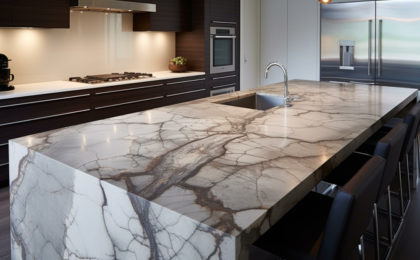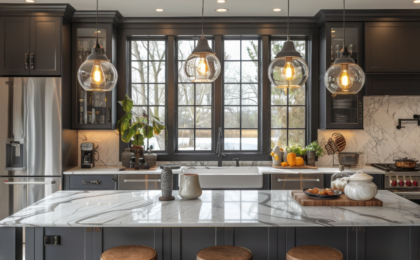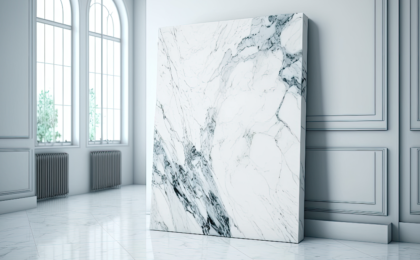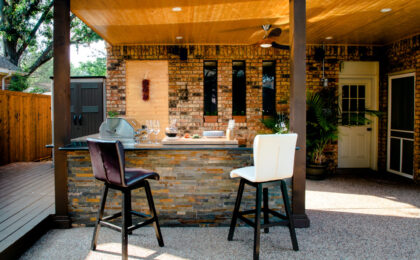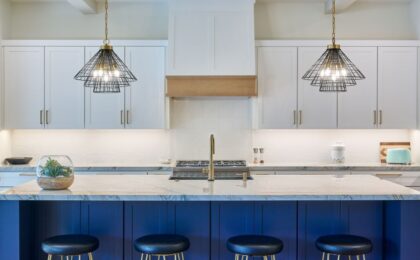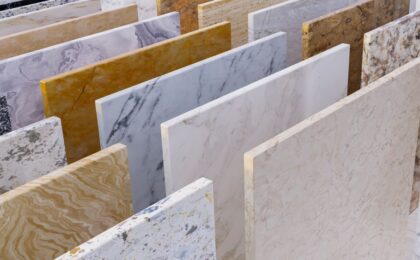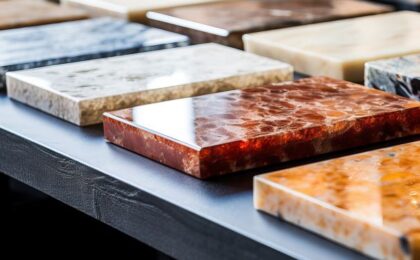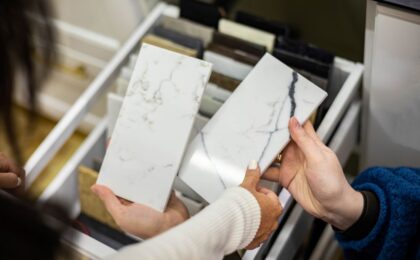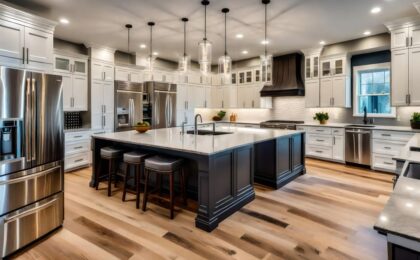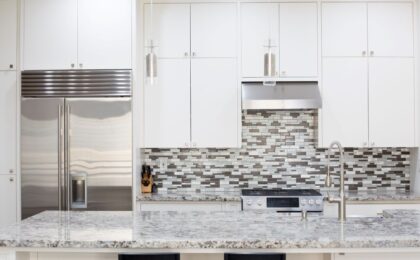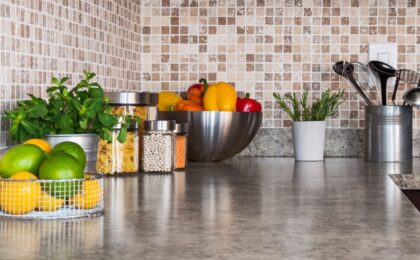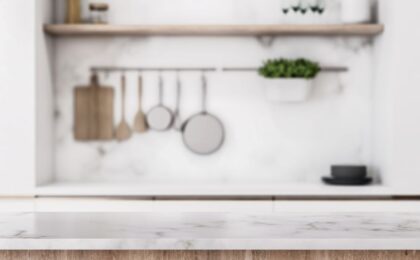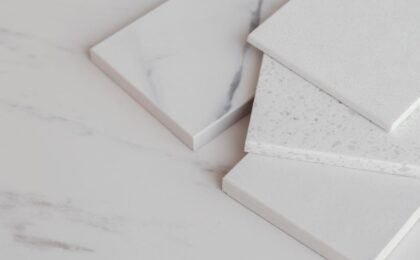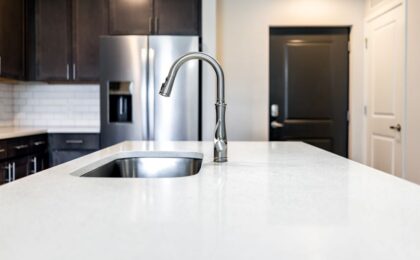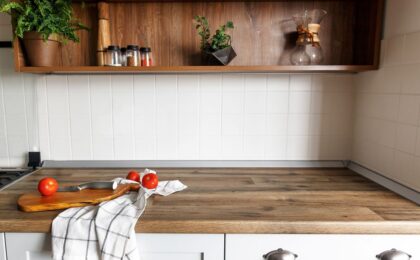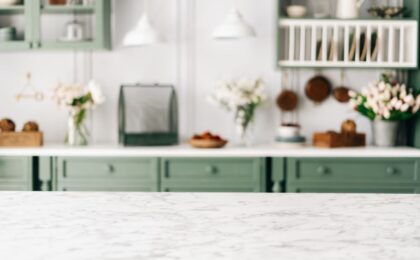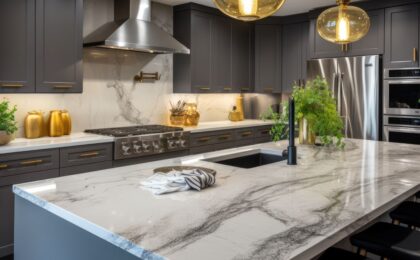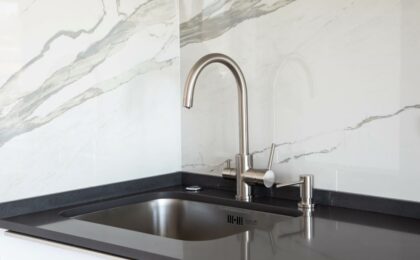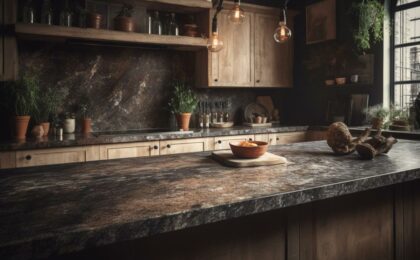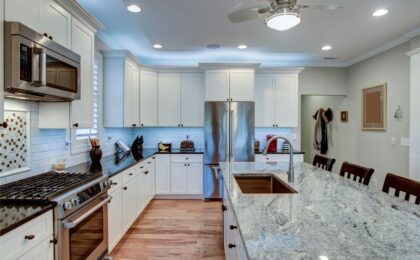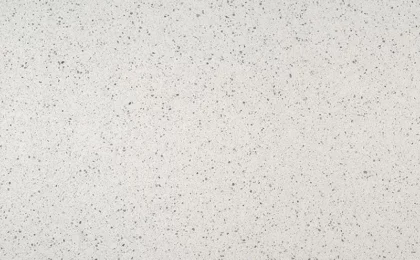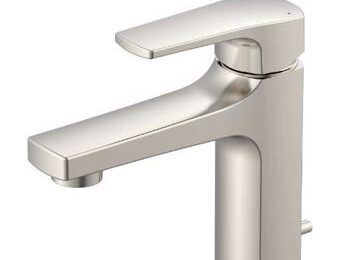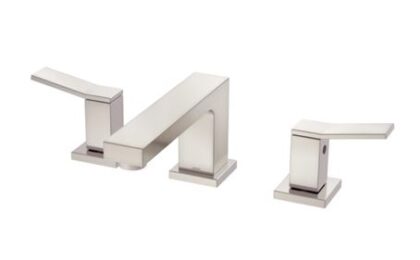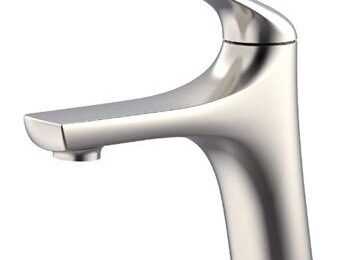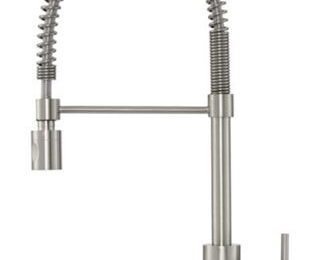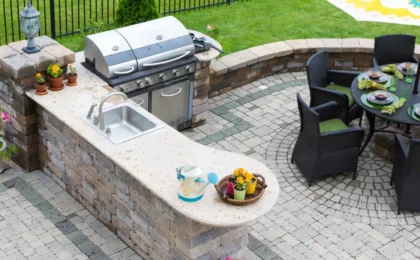It is a given that natural stone is a more expensive countertop material than manufactured wood and laminates. You could pay considerably more for something like granite, marble, or quartzite. Even quartz is on the higher end. So what makes stone so expensive?
First and foremost, you need to know that an investment in stone countertops is an investment in your home’s value. Stone is well worth the cost if it fits into your budget. That being said, there are a number of factors that affect countertop pricing. Below are some of the most important.
1. Stone Type and Quality
At the top of the list are stone type and quality. Just in terms of type alone, marble and other exotic stones tend to be the most expensive. Granite and quartzite are usually less expensive than marble. Quartz is the least expensive of all because it is a manufactured product.
Quality is a crucial factor, too. Stone slabs are graded for quality. The higher the grade, the fewer the flaws and the more consistent veining and color are. Higher grades command a higher price for reasons that should be obvious.
2. Slab Size and Thickness
Slab size and thickness directly affect pricing. A thicker slab offers more stone by volume. Needless to say, it will be more expensive than a thinner slab. But what about size?
Larger slabs covering more surface area affect price in two ways: volume and handling difficulty. More stone obviously commands a higher price. But larger slabs are more difficult to handle and install. That makes them more expensive. The more work a fabricator needs to put into a slab, the higher the final price.
3. Stone Origin and Rarity
Next up are the stone’s origin and rarity. In terms of origin, stones quarried in faraway places cost more at retail because shipping is more expensive. The farther a block needs to travel, the pricier it is.
Rarity speaks for itself. Rare stones with unique colors or veining patterns cost more because of their scarcity. Rarity also tends to increase demand. And whenever demand goes up while supply remains low, price increases are inevitable.
4. Installation Complexity
Hand-in-hand with fabrication complexity is installation complexity. More complex layouts tend to be more difficult to install. They require more precision and care. So you will pay less for a simple installation but more for a complex one. You will also incur additional installation costs with every slab in your layout.
5. Additional Factors
Wrapping it up are a few additional factors that vary significantly from one job to the next. Surface finish is a good example. A polished surface is the most common and least expensive. If you are looking at something like a honed or leathered finish, the price will be higher.
Stone countertops cost more than countertops made with other materials because a lot more work goes into fabricating and installing them. And of course, stone itself is priced higher because it is more valuable. But we think an investment in stone is worthwhile. If your budget can support it, stone is one of the best materials for your kitchen.


